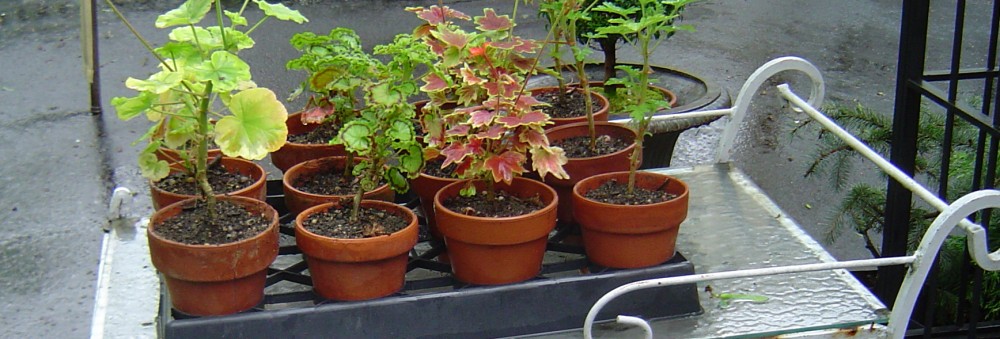Bulb planting got done last weekend. All of a 1000 give or take a few. The weather cooperated beautifully. Sunny, not too windy and comfortably cool conditions made the daunting task much easier to tackle. I say daunting because it is. There are so many holes to dig, drop a bulb and then fill back whilst maneuvering ones way around myriad established perennials. In my garden, it takes two days of steady planting by a team of two minimum. One drills holes the other fills.
In the past, I did the whole thing myself. But age catches up and help is necessary – family is roped in. I’m immensely grateful for their willingness to go along with my horticultural ambitions or, as they like to call it, my craziness. This year, I’ve been handicapped by wayward knees so it has been particularly meaningful to get the support of loved ones.
Like a child of a farming family taking time from school to help with planting/harvest, my daughter drove down from her graduate school in Ithaca to do her fair share in getting the bulb planting done. I’m thinking next year, I’ll try to get her cohorts from school to join in and give my husband a break!
Despite having a direct, realistic understanding of the weather patterns and climate shifts, the loss, reduction or changes in certain flora and/or fauna of value to the ecosystem, gardeners are an optimistic lot. The very business of gardening is about the future. What I plant now will only yield in time ahead. Through all the vagaries of the weather and general circumstances, on pure faith we sow, plant, water, feed, weed and nurture. It’s going to be just fine – we feel this viscerally. It would be impossible to garden without that conviction.
When it comes to bulb planting, it takes an extra dose of faith. The bulbs look innocuous – brown, rotund, little nuggets full of the promise of a beautiful tomorrow. With the goal of celebrating the end of winter and the arrival of spring, we envision the flowers put forth by the myriad bulbs and plant. We bury the bulbs in cavities of appropriate depths scattered through beds and meadow and come away with the conviction that they will deliver. Our full trust in Nature is commendable. In our interactions with other humans we do not display quite the same degree of faith. Human nature seems so much more fickle and treacherous than Nature herself.
Currently, at a time when we cannot ignore the acts and words of so many people within our midst as well as afar that demonstrate the worst of human traits, we must seek solace somewhere. That somewhere is a garden – ones own or elsewhere. Here, we find comfort and courage to face the future. In planting a bulb, a seed or a young plant, we firmly express our faith that there will be better tomorrow. Life would simply be unbearable otherwise.
Note: I encourage those without gardens to grow something(s) in a pot. A houseplant, an amaryllis, micro-greens, anything. I promise, you will feel so much better as you watch it grow. Have faith.
Images of bulb planting this past weekend – A mix of assorted tulips, alliums, camassia, fritillaria and ornithogalums were this year’s choice.












(c) 2023 Shobha Vanchiswar
[do_widget “Blog Subscriptions (Jetpack)”]






















































































































